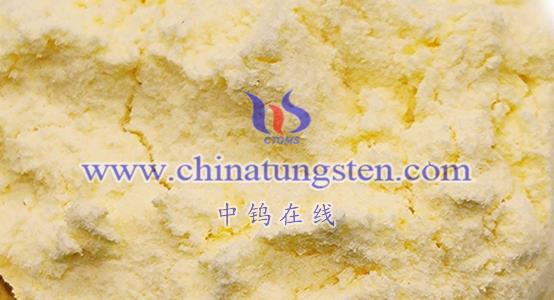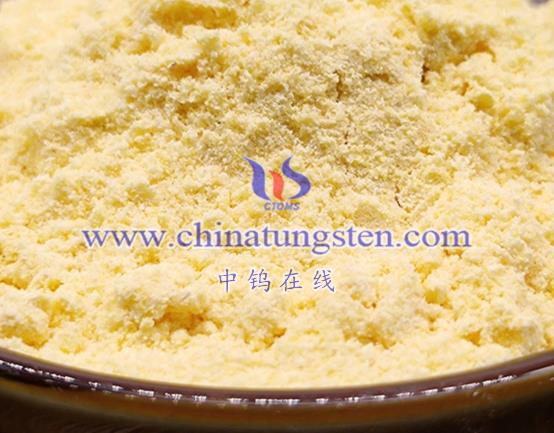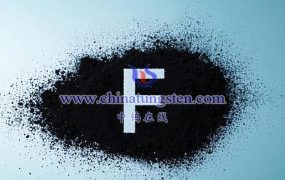
Nano tungsten oxide electrode material is a type of nanomaterial with unique physical and chemical properties. It is primarily composed of tungsten (W) and oxygen (O) elements, commonly in the form of WO₃ (tungsten trioxide). Other forms, such as WO₂.₉ (blue tungsten oxide) and WO₂.₇₂ (violet tungsten oxide), may also exist. Additionally, modified materials like cesium-doped tungsten oxide (e.g., Cs₀.₃₃WO₃) are included. Due to its distinctive nanostructure and exceptional properties, nano tungsten oxide electrode material has broad application potential across various fields, particularly in energy, photocatalysis, sensors, and medical applications.
Characteristics of Nano Tungsten Oxide Electrode Material
- Nanostructure
The particle size of nano tungsten oxide electrode material typically ranges from 1 to 100 nanometers, providing a high specific surface area and porosity. These features enhance surface activity and adsorption capacity. - Optical Properties
Nano tungsten oxide exhibits excellent optical characteristics, including tunable absorption and emission spectra. This makes it valuable for applications in photocatalysis and photoelectric conversion. - Electrical Properties
With high conductivity and outstanding electrochemical performance, nano tungsten oxide is suitable for use as electrode materials, capacitors, and battery catalysts. - Thermal Properties
Nano tungsten oxide has high thermal conductivity and resistance to thermal shock, giving it application prospects in thermal conduction materials and high-temperature processes. - Chemical Properties
The material’s surface is highly active and has good catalytic properties, making it useful in catalytic reactions such as transformation and oxidation processes.
Applications of Nano Tungsten Oxide Electrode Material
- Lithium-Ion Batteries
Nano tungsten oxide serves as an anode material for lithium-ion batteries, significantly enhancing energy density and cycle stability. Its high specific surface area and porosity facilitate rapid insertion and extraction of lithium ions, improving charge-discharge performance. - Supercapacitors
The material’s high conductivity and electrochemical properties make it suitable for supercapacitors, boosting charge storage capacity and power density. - Photocatalysis
Due to its unique optical properties, nano tungsten oxide is used in:- Water splitting for hydrogen production.
- Photocatalytic oxidation of harmful substances.
- Photocatalytic conversion of carbon dioxide for environmental and energy applications.
- Sensors
Nano tungsten oxide electrode material is employed in gas and biosensors. These sensors detect concentration changes in gases or biomolecules, enabling environmental monitoring or disease diagnosis. - Medical Field
In medicine, nano tungsten oxide is utilized for photothermal therapy. Its excellent photothermal conversion efficiency enables precise destruction of tumor cells.
Preparation of Nano Tungsten Oxide Electrode Material
Nano tungsten oxide electrode materials can be synthesized using various methods, such as:
- Hydrothermal Method
- Sol-Gel Method
- Template Method
By controlling reaction conditions and adding suitable additives, materials with diverse morphologies and structures can be produced to meet specific application requirements.
Conclusion
Nano tungsten oxide electrode material is a highly promising nanomaterial with excellent performance. It has broad applications in various fields, including energy, environmental protection, and medicine. With ongoing advancements in nanotechnology and deeper research, nano tungsten oxide electrode material is expected to find wider applications and adoption across numerous industries.
More details of tungsten oxide product, please visit website: tungsten-oxide.com
Please contact CHINATUNGSTEN for inquiry and order of tungsten oxide:
Email: sales@chinatungsten.com
Tel.: 86 592 5129595







